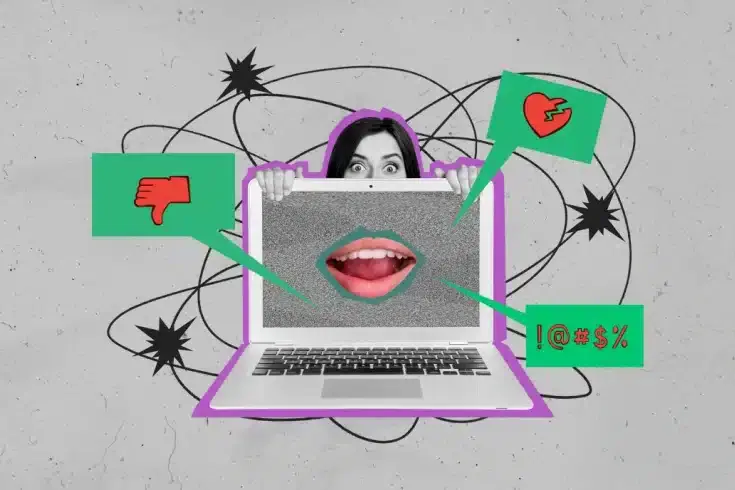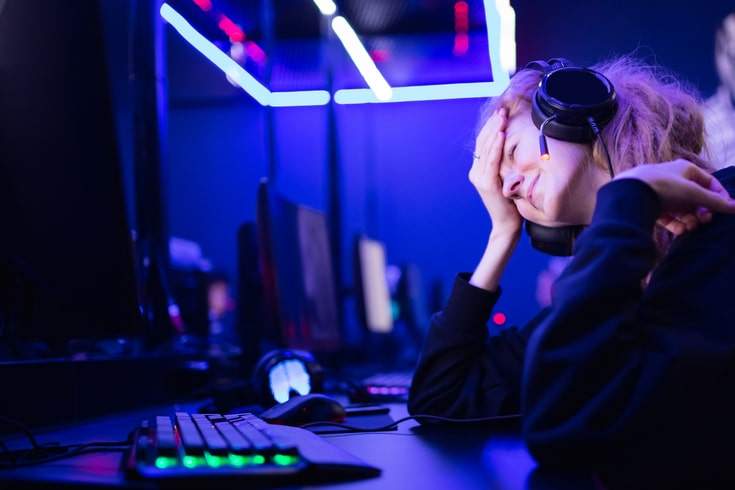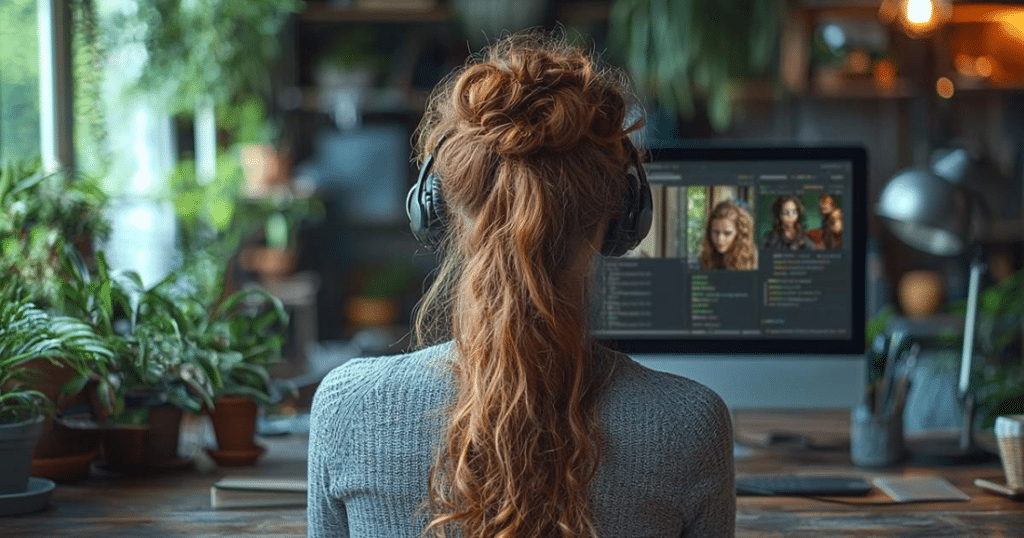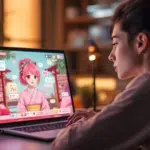The Relationship between Images and Videos Posted via Instagram's Story Feature and Portrait Rights

Instagram, where you can view the private lives of celebrities and share your own experiences with friends, is gaining popularity worldwide.
One of the reasons for Instagram’s popularity is the Story feature, which was introduced in August 2016. This feature allows you to share minor events and short videos with your acquaintances in a separate section from the feed (home screen) posts, which disappear automatically after 24 hours. It’s a popular feature that doesn’t require as much commitment as a feed post.
Recently, the number of users who only use Stories as a casual means of information dissemination has been increasing. In addition to everyday scenes, it is popular as a feature that allows you to intuitively convey your gratitude to your followers and announcements when you post to your feed, using a wealth of effects and visuals, like a card.
On the other hand, did you know that if someone other than yourself appears in a photo or video posted in a Story, there is a risk of infringing on that person’s rights?
The rights that may be problematic when posting images or videos of others include copyright, portrait rights, and in some cases, publicity rights. Here, we will explain the relationship between Instagram’s Story feature and portrait rights.
Issues Regarding Portrait Rights in Instagram’s Story Feature
What are Portrait Rights?
Firstly, there is no precedent that explicitly acknowledges the existence of a right called “portrait rights”.
Generally, the Supreme Court ruling on December 24, 1969 (Showa 44) (Gregorian calendar year), Criminal Collection Volume 23 No. 12 Page 1625, which is said to have discussed the constitutional guarantee of portrait rights, states:
As one of the freedoms in personal life, everyone should have the freedom not to be photographed without their consent. Whether this is called portrait rights or not, at least, it must be said that it is not permissible for a police officer to photograph an individual without a valid reason, contrary to the spirit of Article 13 of the Constitution.
Supreme Court ruling on December 24, 1969 (Showa 44) (Gregorian calendar year), Criminal Collection Volume 23 No. 12 Page 1625
This is what the ruling indicates.
In other words, the so-called “portrait rights” refer to the “freedom not to be photographed without consent”, and it is understood to be guaranteed by the Constitution as one of the privacy rights. (For convenience, this freedom will be referred to as “portrait rights” in the following.)
When the act of photographing becomes illegal
However, the act of photographing someone without their explicit consent does not immediately become illegal.
Since the infringement of portrait rights is not a crime, whether it is illegal or not is determined by whether it constitutes a tort in civil law.
For example, photographing as part of legitimate news gathering is considered legal.
In a case where it was questioned whether the act of photographing a suspect’s appearance, etc. without consent in a criminal court and the act of publishing it in a photo weekly magazine constituted a tort and was illegal, the Supreme Court ruling on November 10, 2005 (Heisei 17) (Gregorian calendar year), Civil Collection Volume 59 No. 9 Page 2428, stated:
People have a personal interest that should be legally protected from being photographed without reason (refer to the Supreme Court ruling on December 24, 1964 (Showa 44) (Gregorian calendar year), Criminal Collection Volume 23 No. 12 Page 1625). However, there are cases where the photographing of a person’s appearance, etc. should be permitted as a legitimate news gathering activity, etc., and whether the act of photographing a person’s appearance, etc. without their consent is illegal under tort law should be determined by comprehensively considering the social status of the person being photographed, the content of the activity of the person being photographed, the location of the photographing, the purpose of the photographing, the manner of the photographing, the necessity of the photographing, etc., and whether the infringement of the above-mentioned personal interest of the person being photographed exceeds the limit of tolerance in social life.
Supreme Court ruling on November 10, 2005 (Heisei 17) (Gregorian calendar year), Civil Collection Volume 59 No. 9 Page 2428
This is the standard it presented.
In other words, whether or not it is an infringement of portrait rights is determined by whether or not it exceeds the limit of tolerance in the social life of the person being photographed, taking into account the location and manner of the photographing, etc.
Furthermore, the same precedent also states regarding the publication of the photographed pictures:
It is reasonable to understand that people also have a personal interest in not having their photographs taken and published without reason, and if the photographing of a person’s appearance, etc. is evaluated as illegal, the act of publishing the photograph in which the person’s appearance, etc. was photographed should be considered as having illegality as it infringes on the above-mentioned personal interest of the person being photographed.
Supreme Court ruling on November 10, 2005 (Heisei 17) (Gregorian calendar year), Civil Collection Volume 59 No. 9 Page 2428
This is what the ruling indicates.
In other words, the legality of the publication of photographs or videos of people’s appearances, etc. is dependent on the legality of the act of photographing.
Instagram’s story is created through two processes: photographing or filming, and editing and posting. Therefore, the above-mentioned ruling should be valid for judging the legality of the story.
Points to Note When Posting a Story
As mentioned above, the posting of a story consists of the act of photographing and the act of publishing the photographed material. Therefore, for the person posting, it is important to ensure that the manner of photographing the photo to be posted is within the limit of tolerance in social life.
However, there is no clear standard for determining whether it is within the limit of tolerance in social life.
However, for example, if the place where the photograph was taken is a city or amusement park where many people are expected to come and go, it is generally assumed that the limit of tolerance will be expanded because one’s appearance, etc. will be exposed to many people’s eyes.
Also, even if other people are included in the picture, if their faces are not recognizable or if they are only included to the extent that they can be seen as part of the scenery, it is likely to be within the limit of tolerance.
On the other hand, if the faces of others are clearly recognizable or if others are included to the extent that they cannot be considered part of the scenery, it is likely to be judged as exceeding the limit of tolerance.
Instagram has a “private setting” feature that allows you to make your posts visible only to people you approve.
However, even if you set your account to private, there is a possibility that your story could be screenshot and made public by others, so it does not mean that “if you set it to private, it will not infringe on portrait rights”.
As a poster, in order to avoid infringing on portrait rights in your story, it is desirable to:
- Check before posting the story to make sure no one else is in the picture
- If someone else is in the picture when you are posting the story, edit it to blur their face or put a stamp on it so that their face is not recognizable
- If the person in the picture is an acquaintance, get their permission before posting
These are some of the measures you should take.
As mentioned above, even without the person’s consent, if it is within the limit of tolerance, it may be judged as legal.
However, in any case, in order to avoid legal trouble, it is better for the poster to obtain the consent of others before posting.
Court Cases Regarding Instagram’s Story Feature and Portrait Rights
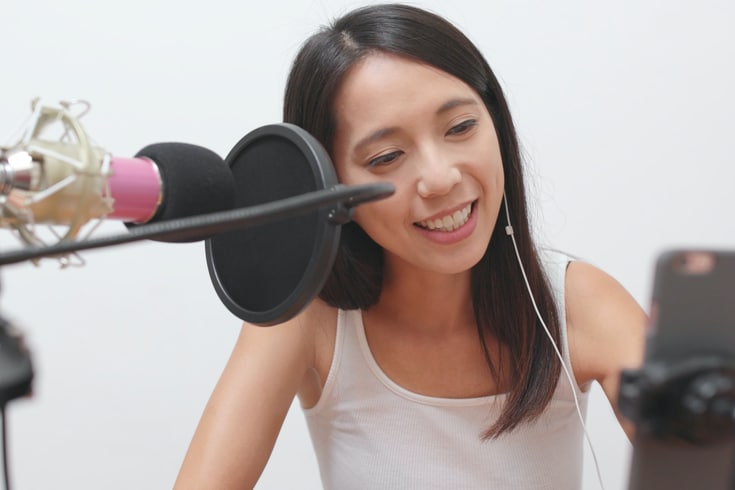
If you post images or videos of others without their permission on your story, there is a possibility of infringing upon their portrait rights. But what if you publish images or videos that others have posted on their stories without their permission? Would that be an infringement of portrait rights?
When images are published using the story feature, the original poster is aware that many people will see it. So, is it within the tolerance limit if someone else publishes it without permission?
There is an interesting judgment on this point, albeit from a lower court.
Background of the Lawsuit
The case is as follows:
The plaintiff A posted a video (hereinafter referred to as “the video in question”) of his wife, plaintiff B, using Instagram’s story feature. An unidentified third party saved the video in question as an image (hereinafter referred to as “the image in question”) using a screenshot and posted the image in question on a bulletin board called “Host Love”.
In response to this, the plaintiffs filed a lawsuit against SoftBank, demanding the disclosure of the sender’s information of the unidentified person.
In this lawsuit, in addition to whether the above-mentioned act by the unidentified third party infringes on the portrait rights of plaintiff B, it was also an issue whether the copyright of plaintiff A was infringed.
However, we will only touch on the point of portrait rights infringement here.
Related article: Copyright and Authorship in Photo Posting[ja]
Court’s Judgment
The court first recognized that the plaintiff A filmed the video in question and posted it on an internet posting site, and that the plaintiff B, his wife, had consented to these actions. Furthermore, while the unidentified person obtained the video in question from Instagram,
The video in question was posted in a manner that it would be saved for a limited time of 24 hours, and it was not expected to be continuously published thereafter. Plaintiff B has never given consent to the unidentified person to use her portrait.
The image in question was reproduced and publicly transmitted in violation of the copyright of plaintiff A, and the manner of the posting in question cannot be considered reasonable. Furthermore, it is difficult to recognize a legitimate purpose or necessity for the use of the image in question. Considering these circumstances comprehensively, the use of the image in question exceeds the limit of tolerance in social life and infringes on the rights of plaintiff B. Therefore, it is clear that the portrait rights of plaintiff B have been infringed by the posting in question.
Tokyo District Court, September 24, Reiwa 2 (2020) (Reiwa 1 Wa 31972)
The court recognized the infringement of portrait rights and ordered SoftBank to disclose the sender’s information.
What is noteworthy in the above judgment is that even if it is published on the internet, the range of tolerance is not expanded by considering the personalityistics of the story, which is published for a limited time of 24 hours.
Considering this, if you publish photos and other materials posted on the feed without permission, as opposed to those posted on the story, the range of tolerance may be expanded, and it may be more likely to be judged as legal. However, it is important to note that just because you have posted on the feed does not mean that you have waived your portrait rights.
Whether it’s a story post or a feed post, if you’re going to post images and other materials posted by others without permission, it’s a good idea to get the original poster’s permission.
Related article: I want to identify an Instagram account! Procedure to stop harassment with a disclosure request[ja]
What to Do When Your Photo is Posted on Instagram Without Your Consent
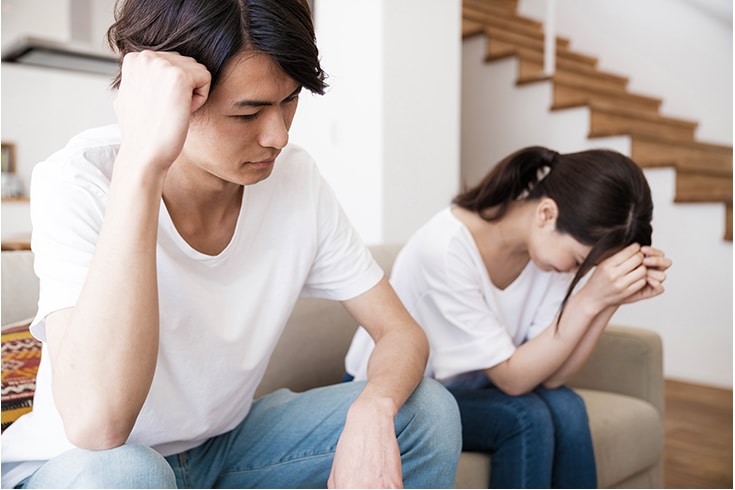
So far, we have explained what posters should be aware of when posting images or videos of others on Instagram stories. From here, we will explain how to respond if someone else has posted an image or video of you without your permission.
Response Method 1: Request the Poster or Operator to Delete the Post
Generally, the person posting images or videos of you is likely to be an acquaintance or friend. In that case, first, try asking the poster directly to delete the post or edit it so that you cannot be identified.
If it is difficult to request the poster directly to delete the post, or if they do not comply with your request, you can also ask Instagram’s operator to delete the post. You can request deletion from the operator via the link below.
Related Site: Instagram Help Center[ja]
If Your Image is Posted in a Story
A feature of Instagram stories is that they are automatically deleted 24 hours after posting.
Therefore, it is more likely that the post will be automatically deleted after 24 hours than that the operator will respond to your request for deletion.
If you really want the post to be deleted quickly, it is recommended to directly ask the person who posted the story to delete it.
Response Method 2: Request a Lawyer

Even if the poster or operator does not comply with deletion requests, they may comply if requested by a lawyer.
Furthermore, a lawyer can take legal measures such as litigation to legally obligate deletion, and can also identify anonymous posters and claim damages.
Among the posts that infringe on portrait rights, there may also be ones that infringe on other rights such as defamation and emotional distress. However, it can be difficult to make these judgments without specialized knowledge.
Conclusion: If You’re Struggling with Online Portrait Rights Issues, Consult a Lawyer
It’s easy to post on social media platforms like Instagram, and we often end up posting images featuring other people without their permission. However, such casual posts can potentially lead to legal troubles, so it’s important to consider others’ portrait rights when posting.
Conversely, if your own portrait rights have been violated by someone else’s post, it’s necessary to take swift action before the post spreads. It’s advisable to familiarize yourself with the appropriate measures in advance.
However, determining whether an infringement of portrait rights or similar rights has occurred, and what measures can be taken, can be difficult without a specialist lawyer. If you find yourself involved in a dispute over the violation of your portrait rights, we recommend consulting with a lawyer who has expertise in this area.
Introduction to Our Firm’s Measures
Monolith Law Office is a legal office with high expertise in both IT, particularly the internet, and law. In recent years, overlooking information related to reputational damage and slander spread on the internet can lead to serious harm. Our firm provides solutions for managing reputational damage and online crises. Details are provided in the article below.
Areas of practice at Monolith Law Office: Reputational Damage Management[ja]
Category: Internet





